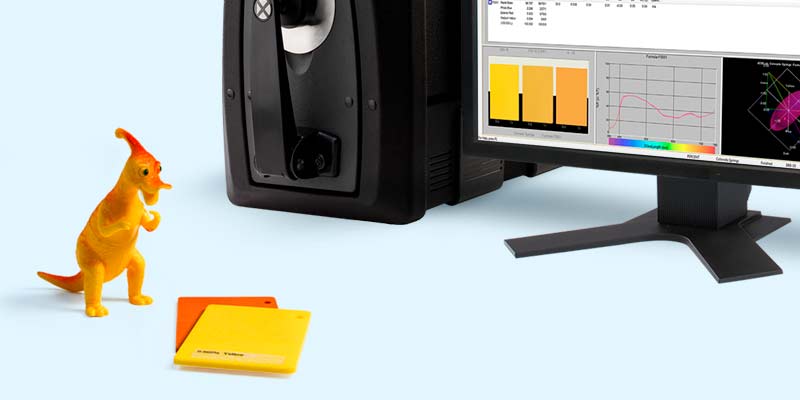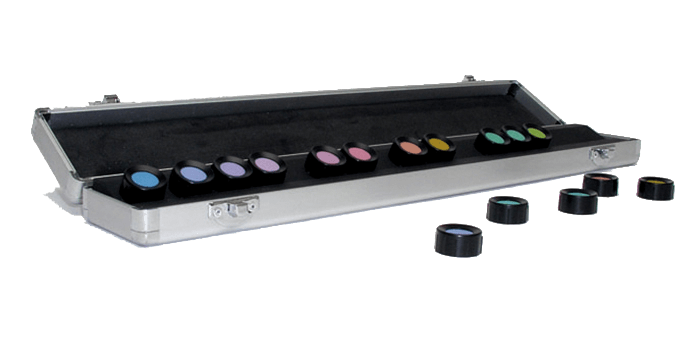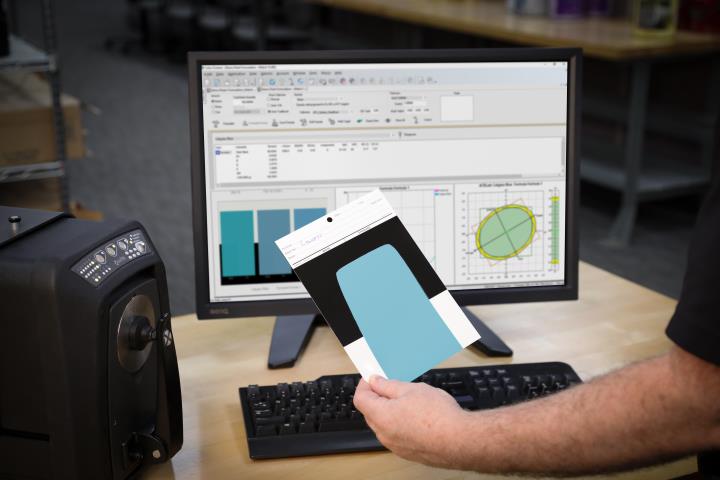Whether you work with plastics, coatings or textiles, you must consistently achieve in-tolerance color or your product could be rejected before it even makes it to the shelf or showroom.

This is especially true for brands that rely on off-site suppliers and manufacturers for raw materials and parts that come together at assembly, such as the plastic dashboard, fabric seats, and coated interior panels of a car. Even if each site produces in-tolerance color, it must be monitored and assessed throughout production to ensure it will match other components when assembled.
Today we’ll share quality control tips and tools to help you deploy more consistent color in multi-site plastics, coatings, and textiles workflows.
When to Quality Control Color
It’s important to communicate and evaluate color at five critical stages of production. The earlier you identify a shift, the less time and waste each mistake will cost.
- During Design/Specification: Yes, color can fail even before production begins. Check out our How to Talk Color with Customers and Suppliers blog to learn how to set and communicate clear color expectations.
- When Accepting Raw Materials: All raw materials have inherent variation. Evaluating color at this stage identifies color differences so adjustments can be made during the formulation stage.
- During Formulation: Tightly controlling formulation allows normal variation in the production process to occur without driving color out of tolerance.
- Throughout Production: Many variables can affect color output during production, including switching operators, changing raw materials, and even variation in temperature and humidity. Quality control helps monitor these variables so adjustments can be made before a run is wasted.
- Before Shipment: Taking one last look before each shipment ensures each component is within tolerance. It will still be a less expensive fix now than after a rejection call from the customer.
How to Quality Control Color
There are four primary ways to quality control color during these five critical stages, starting with basic visual evaluation and moving up to connected hardware and software solutions. We call this the quality control continuum.
- Visually evaluate color. Visual evaluation means comparing the color of a product against a standard by eye. While visual evaluation may be sufficient for less stringent color applications, it also leaves the door open for error and disagreement with your customers and suppliers. Many people are not properly trained to visually evaluate color, and different lighting conditions can lead to variable assessments. Plus, everyone sees color differently.

We offer visual assessment tools such as color vision testing, color standards, and physical references to ensure your visual evaluation program is the best it can be.
- Visually evaluate under controlled lighting conditions. The next step in the continuum is to add a light booth or overhead luminaire. Comparing your product with a standard under different lighting conditions – such as daylight, incandescent, and fluorescent – will ensure the color looks right in every type of light it may encounter in the real world. Using a light booth can also help identify the effect of metamerism, where parts match in one viewing condition but don’t match under another light source.
Our most popular light booth is the Judge LED. This light booth speeds up and standardizes color evaluations across the supply chain with instant warm-up, stabilized illuminants, and seven light sources, including LED D50 and D65.
- Measure and analyze with a spectrophotometer. Measuring color with a spectrophotometer dramatically increases acceptable quality and offers significant quality control benefits compared to visual evaluation alone. We offer spectrophotometers in a range of sizes, from incredibly precise benchtops to specify color and create standards, to rugged portables to measure color around the lab or on the loading dock.
Download our free whitepaper to learn which spectrophotometer type is best to measure plastics, coatings, textiles, and other surfaces.

- Add connected workflow software. Connecting spectrophotometers and software is the best way to achieve the strictest color tolerances from batch to batch and across multiple locations. It also helps guide everyone to follow the same color control procedures.
- Color iMatch to formulate and evaluate samples for a variety of applications, including plastics, coatings, and textiles.
- NetProfiler to verify and optimize the performance of an entire fleet of spectrophotometers, enhancing repeatability across sites and throughout production runs.
- Color iQC to link color data during each step of production so operators and managers can quality control color and track trends.

As you move up this continuum to more consistent color, you also minimize the role of human error – a big cause of incorrect color. Even slight variation in the way operators and lab technicians measure color can make a difference between a color passing or failing.
Moving up the Quality Control Continuum
It can feel overwhelming to make changes to your plastics, coatings, or textiles production workflow, but the return is worth the effort. Investing in new solutions will not only help you work better, faster, and cheaper, it can help you stay competitive.
Our range of light booth, spectrophotometer, and software options make it easy to implement a little (or a lot) as your color control needs change. Our Color Experts are happy to talk with you about your existing workflow and offer the best solutions to help you move up the continuum to more consistent color.
Get in touch for personalized help.
